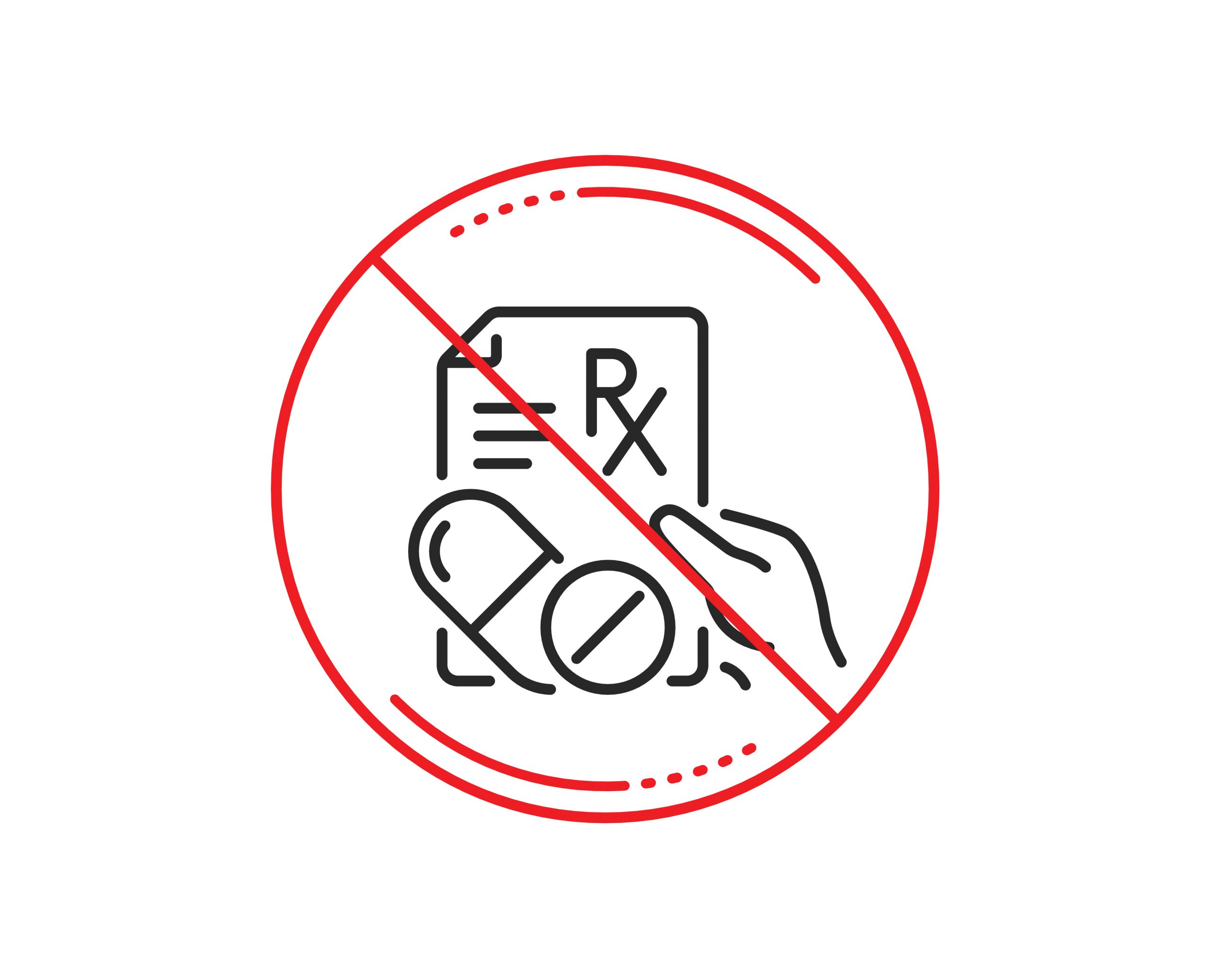The misuse and addiction to prescription opioids remain a significant public health challenge in the United States. Among these opioids is Hysingla ER (hydrocodone bitartrate), an extended-release opioid analgesic approved by the FDA for managing severe pain that requires long-term, around-the-clock treatment. Although designed with abuse-deterrent properties, Hysingla ER still poses risks for misuse and addiction. This article delves into the latest developments regarding Hysingla ER, its potential for abuse, side effects, and the available treatment options for those struggling with addiction.
Understanding Hysingla ER and Its Abuse-Deterrent Properties
The FDA has approved Hysingla ER as a pain management solution with features aimed at reducing, though not entirely preventing, abuse. These include properties that make the pill difficult to crush, chew, or dissolve, thus lowering the risk of misuse through oral ingestion, snorting, or injection. However, misuse, whether accidental or intentional, can lead to overdose and potentially fatal outcomes. Janet Woodcock, MD, director of the FDA’s Center for Drug Evaluation and Research, emphasizes that while the science behind abuse deterrence is evolving, the development of such opioids is crucial in combating the prescription drug abuse epidemic. It is important to be aware of the risks and consequences associated with addiction, abuse, and misuse, including specific risk factors and adverse effects related to prolonged use or abrupt discontinuation.
Side Effects and Risks Associated with Hysingla ER: Fatal Respiratory Depression
 While Hysingla ER offers an alternative to pain management for patients with inadequate treatment options, it carries significant risks. The concomitant use of Hysingla ER with certain CNS depressant drugs, including benzodiazepines and alcohol, can result in profound sedation, respiratory depression, coma, and death. Common adverse effects include constipation, nausea, fatigue, upper respiratory tract infections, dizziness, headache, and drowsiness. Prolonged use of Hysingla ER in pregnant women can result in neonatal opioid withdrawal syndrome, which requires management by neonatology experts at delivery. The FDA also mandates post-marketing studies to evaluate the real-world impact of its abuse-deterrent features. Patients with severe renal impairment or hepatic impairment should use caution when prescribed Hysingla ER due to the increased risk of opioid toxicity and significant respiratory depression.
While Hysingla ER offers an alternative to pain management for patients with inadequate treatment options, it carries significant risks. The concomitant use of Hysingla ER with certain CNS depressant drugs, including benzodiazepines and alcohol, can result in profound sedation, respiratory depression, coma, and death. Common adverse effects include constipation, nausea, fatigue, upper respiratory tract infections, dizziness, headache, and drowsiness. Prolonged use of Hysingla ER in pregnant women can result in neonatal opioid withdrawal syndrome, which requires management by neonatology experts at delivery. The FDA also mandates post-marketing studies to evaluate the real-world impact of its abuse-deterrent features. Patients with severe renal impairment or hepatic impairment should use caution when prescribed Hysingla ER due to the increased risk of opioid toxicity and significant respiratory depression.
Addiction and Misuse: A Growing Concern
Despite its abuse-deterrent properties, Hysingla ER is not immune to misuse and addiction. The importance of opioid analgesic risk evaluation in preventing addiction and misuse cannot be overstated. It’s recommended only for patients who have no other viable pain management options. Health care providers must carefully consider all available data before prescribing this medication, given the high potential for addiction and fatal overdose, especially in opioid-naive individuals. Prior opioid overdose should be considered as a significant risk factor when prescribing Hysingla ER. The risk of opioid use disorder remains a significant concern, highlighting the need for careful patient evaluation and monitoring.
Withdrawal Symptoms and Timeline
For individuals dependent on Hysingla ER, withdrawal can be a challenging process. Symptoms may include agitation, anxiety, muscle aches, insomnia, sweating, and gastrointestinal issues. Precipitate withdrawal symptoms can occur if the drug is abruptly discontinued. Understanding the withdrawal timeline is crucial for managing symptoms effectively and ensuring a safe recovery process. Gradual dose reduction or dose titration is often recommended to mitigate the severity of withdrawal symptoms.
Hysingla ER and Alcohol: A Dangerous Combination
 Combining Hysingla ER with alcohol can exacerbate side effects and significantly increase the risk of overdose and fatal respiratory depression. Patients are strongly advised against consuming alcohol while taking this medication. Combining Hysingla ER with muscle relaxants can also lead to severe low blood pressure, extreme sleepiness, and breathing problems. The interaction with other CNS depressant drugs can also heighten the risk of serious adverse reactions, including central sleep apnea and sleep-related breathing disorders.
Combining Hysingla ER with alcohol can exacerbate side effects and significantly increase the risk of overdose and fatal respiratory depression. Patients are strongly advised against consuming alcohol while taking this medication. Combining Hysingla ER with muscle relaxants can also lead to severe low blood pressure, extreme sleepiness, and breathing problems. The interaction with other CNS depressant drugs can also heighten the risk of serious adverse reactions, including central sleep apnea and sleep-related breathing disorders.
Effective Detox Strategies for Hysingla ER Users
Detoxification is the first step toward recovery for those addicted to Hysingla ER. A medically supervised detox can help manage withdrawal symptoms and reduce the risk of complications. Detox programs often include medications to alleviate symptoms, supportive care, and continuous monitoring. Opioid rotation and the use of non-opioid analgesics can also be part of an effective detox strategy. Additionally, considering opioid-tolerant patients is crucial during the detox process to avoid severe withdrawal symptoms.
Treatment Options for Hysingla ER Dependency and Opioid Use Disorder
United Recovery Project offers comprehensive treatment programs for individuals battling Hysingla ER addiction. These include drug detox, partial hospitalization programs, intensive outpatient programs, sober living arrangements, and alumni support. For managing severe and persistent pain that requires extended treatment with a daily opioid analgesic, alternative treatment options should be considered when they are inadequate. Each patient receives personalized care from a team of specialists to ensure a comfortable and effective recovery journey. Hysingla ER is intended for cases of severe and persistent pain where treatment options are inadequate. The program also addresses co-occurring conditions like substance use disorder and provides holistic therapies to support overall well-being.
Getting Help: Start Your Recovery Now
 If you or a loved one is struggling with Hysingla ER addiction, immediate help is available. United Recovery Project provides intensive and unique programs tailored to each patient’s needs. Contact us at 888-960-5121 to begin your path to recovery and reclaim your life from addiction. Early intervention and proper treatment are key to overcoming addiction and preventing life-threatening complications.
If you or a loved one is struggling with Hysingla ER addiction, immediate help is available. United Recovery Project provides intensive and unique programs tailored to each patient’s needs. Contact us at 888-960-5121 to begin your path to recovery and reclaim your life from addiction. Early intervention and proper treatment are key to overcoming addiction and preventing life-threatening complications.


